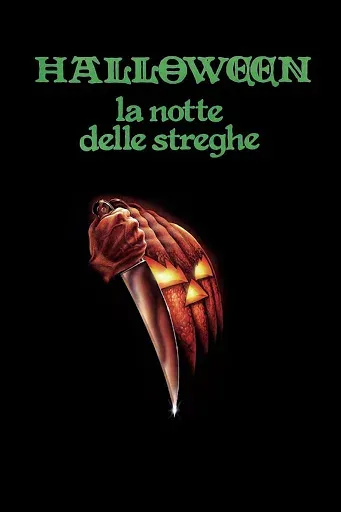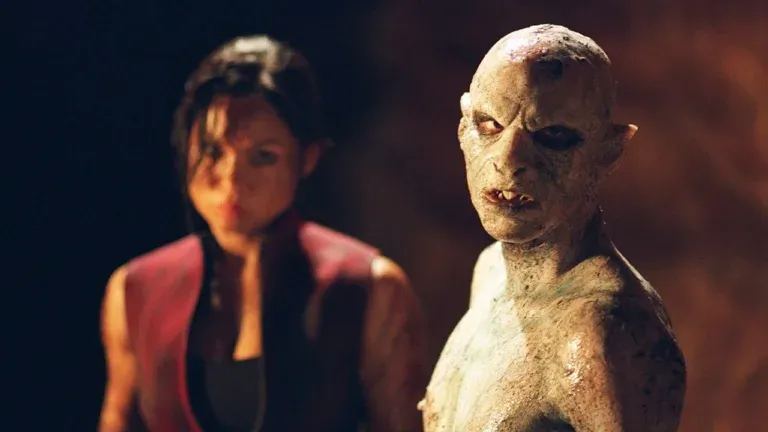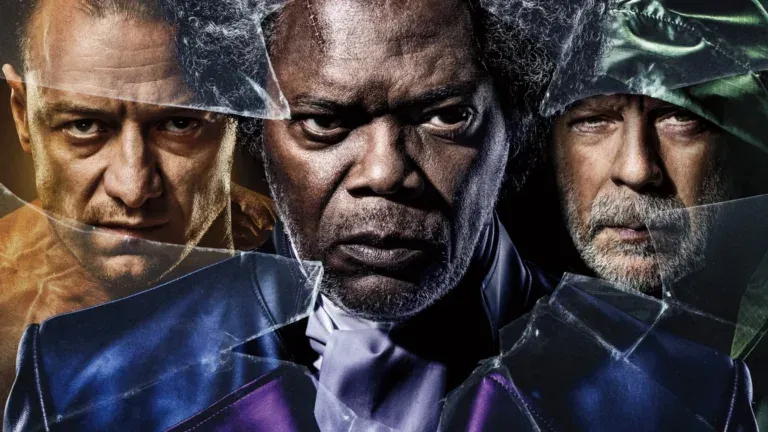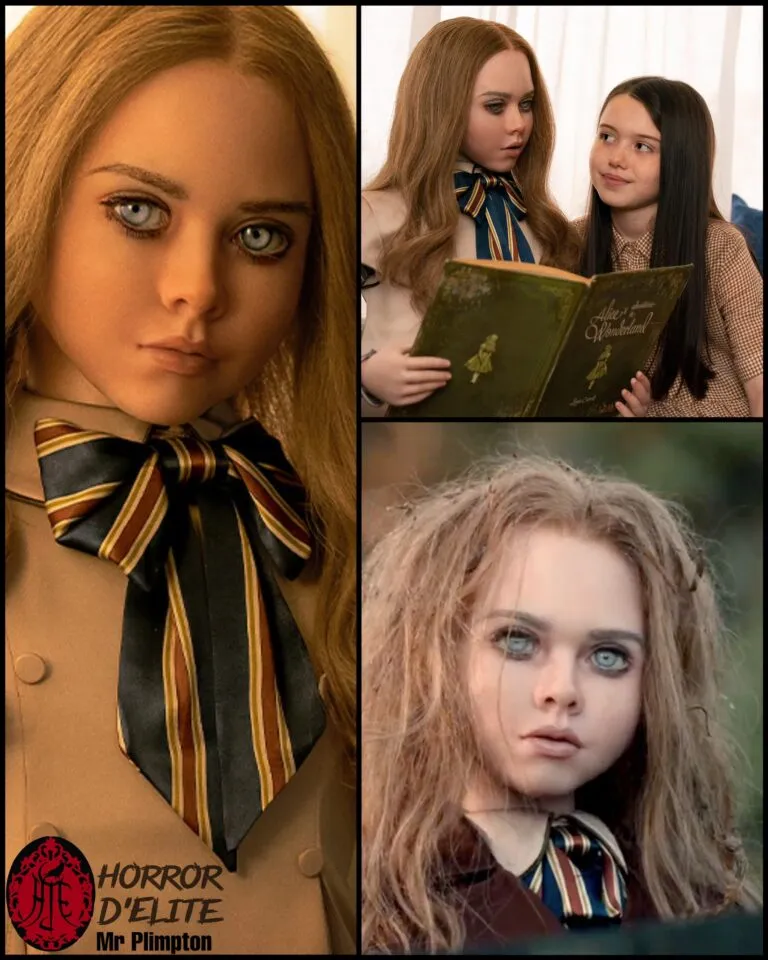Brahms is “The Boy”
Brahms is “The Boy,” a 2016 horror film directed by William Brent Bell, distinguished by its unsettling atmosphere and psychological tension, offering an intriguing twist on the cursed doll theme. At the center of the story is Brahms, an eerie porcelain doll that becomes the focus of a chilling mystery. With its blend of suspense, plot twists, and a surprising finale, “The Boy” has earned a prominent place in the landscape of contemporary horror cinema.
 Film Plot
Film Plot
The plot follows Greta Evans (played by Lauren Cohan), a young American woman who accepts a job as a nanny in a remote English mansion. Upon arrival, she discovers that the child she is supposed to care for is not a real boy, but a life-size porcelain doll named Brahms. The “child’s” parents, the elderly Heelshires, treat the doll as if it were their real son, adhering to a strict set of rules that Greta must follow to care for him.
At first, Greta takes her task lightly, viewing it as an odd but harmless eccentricity of the Heelshires. However, she soon realizes that there is something much more sinister about Brahms. Objects seem to move on their own, eerie noises fill the house, and the constant feeling of being watched leads Greta to suspect that the doll might be alive or controlled by a dark force.
Brahms: The Creepy Doll
Brahms is an extremely realistic porcelain doll, dressed in elegant clothes and with an almost ethereal appearance. His glass eyes, deep and seemingly soulless, create a constant sense of discomfort, as they appear to follow the movements of those around him. The choice to create such a realistic yet unsettling doll is one of the key elements that fuels the tension in the film.
Symbolically, Brahms represents the thin line between innocence and malevolence. Dolls, usually associated with childhood and purity, are here transformed into a symbol of fear and mystery. Brahms, with his ghostly stillness, becomes a catalyst of terror, especially as viewers begin to question whether the doll is truly animated by a supernatural force.
The Psychology of Fear
*”The Boy”* stands out from many other cursed doll horror films for the way it builds psychological tension. Instead of relying on frequent jump scares, the film focuses on Greta’s growing paranoia and the oppressive atmosphere of the mansion. The house itself becomes a character, with its dark corridors, dusty rooms, and isolation contributing to a sense of claustrophobia and mounting fear.
The doll Brahms is the focal point of this tension, and his silent yet constant presence amplifies the psychological terror. The film plays with the audience’s expectations, continuously suggesting that something supernatural is happening, but keeping the mystery intact until the final climax. This approach allows “The Boy” to stand out as a horror film that does not rely solely on special effects or gore but aims to disturb the viewer on a mental and emotional level.
 The Final Twist
The Final Twist
One of the most discussed and memorable elements of *”The Boy”* is the plot twist that completely subverts the viewer’s expectations. Without giving too much away for those who haven’t seen the film, it can be said that the ending flips the very nature of Brahms, transforming what seemed to be a classic cursed doll tale into something much more complex and chilling.
This twist not only adds a new dimension to the story but forces the viewer to reconsider everything they’ve seen up to that point, making Brahms an even more enigmatic and disturbing figure.
Brahms in Horror Culture
With *”The Boy,”* Brahms has joined the ranks of iconic dolls in the horror world, alongside figures like Chucky, Annabelle, and Slappy. However, unlike these other dolls, Brahms is characterized by subtlety and mystery that make him unique. He isn’t a fast-moving killer or one who speaks in a terrifying manner; his terror is more insidious, based on the idea that the threat may be much closer and more real than it initially appears.
The success of “The Boy” led to the creation of a sequel, “Brahms: The Boy II” (2020), which further explores Brahms’ mythos and adds new layers of complexity to his story. Although the sequel received mixed reviews, it nonetheless helped solidify Brahms as a relevant figure in the modern horror landscape.
Conclusion
Brahms is *”The Boy,”* a film that deserves attention for the way it uses classic horror elements, such as the cursed doll, to create something new and disturbing. Brahms, with his porcelain face and eerie gaze, represents one of the most memorable figures in recent horror, capable of scaring not only for what he does but for what he represents: the terror of the unknown and the unexplained.
The film offers a reflection on loneliness, paranoia, and the boundaries between sanity and madness, all wrapped in a cinematic experience that leaves a lasting impact. For fans of psychological horror and those fascinated by cursed doll stories, “The Boy” and its enigmatic Brahms are a must-watch.
 Subscribe to our YouTube channel
Subscribe to our YouTube channel
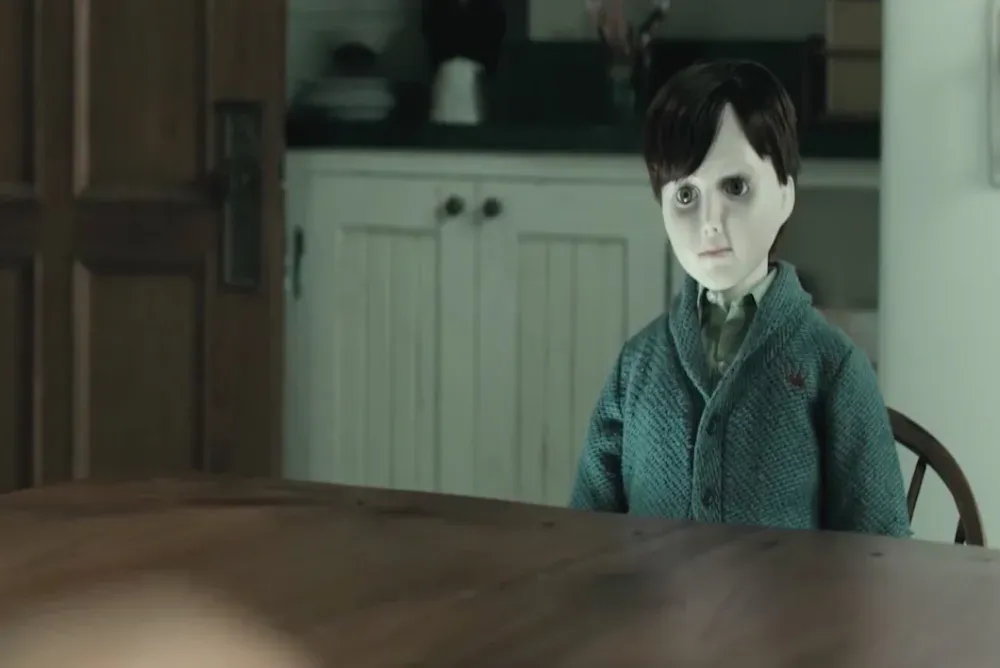
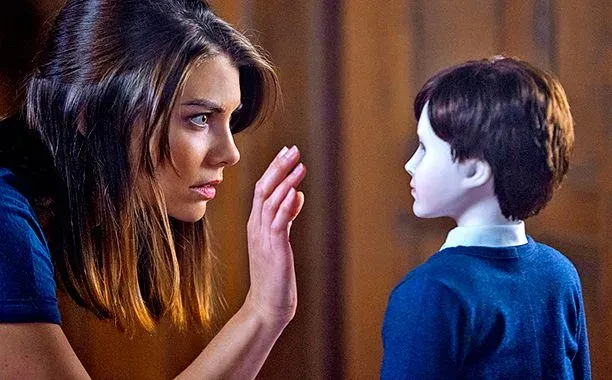 Film Plot
Film Plot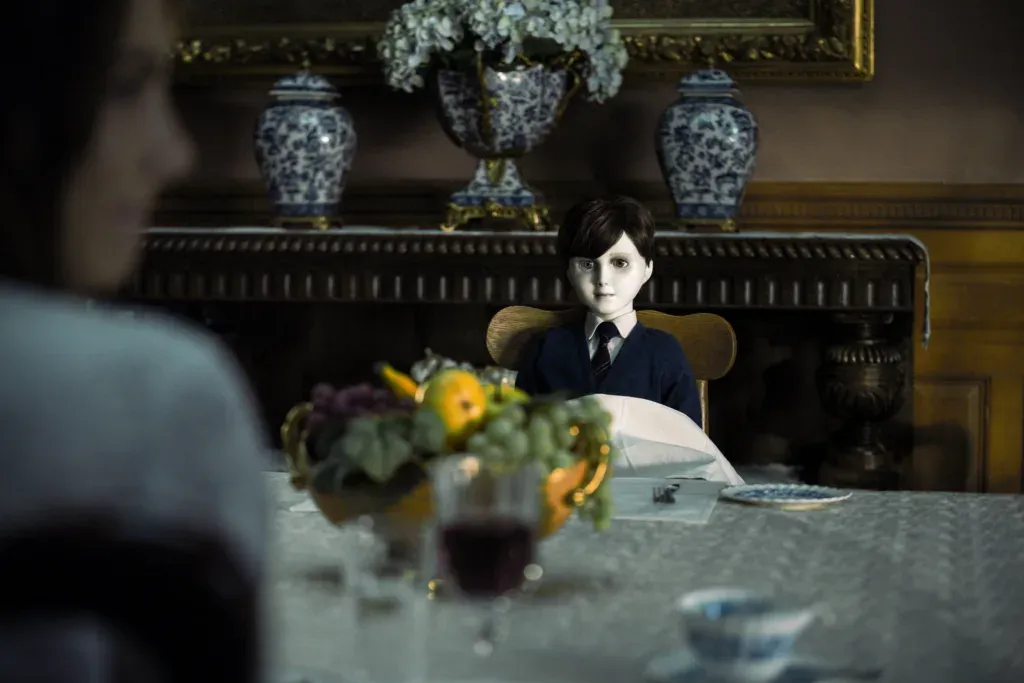 The Final Twist
The Final Twist